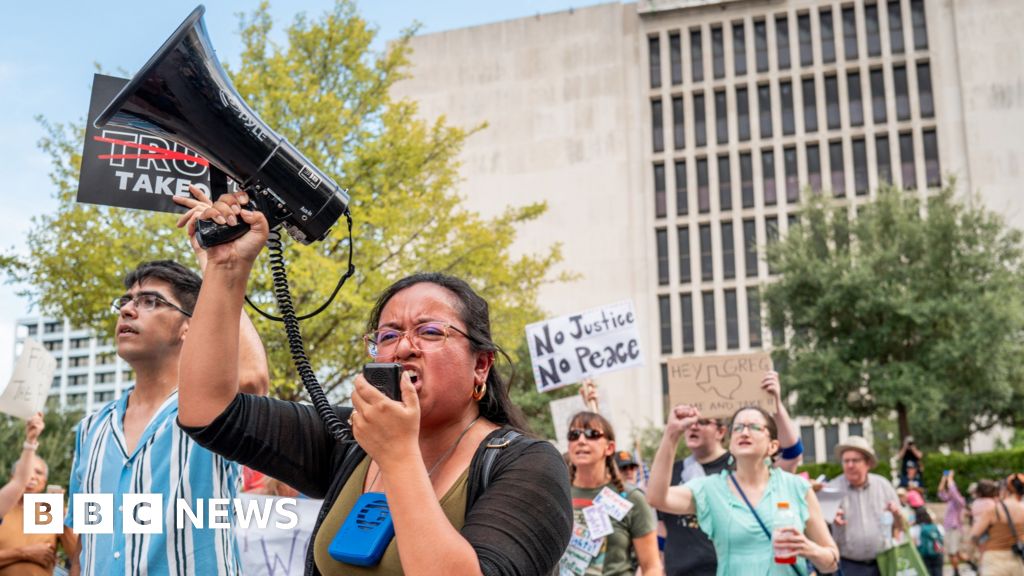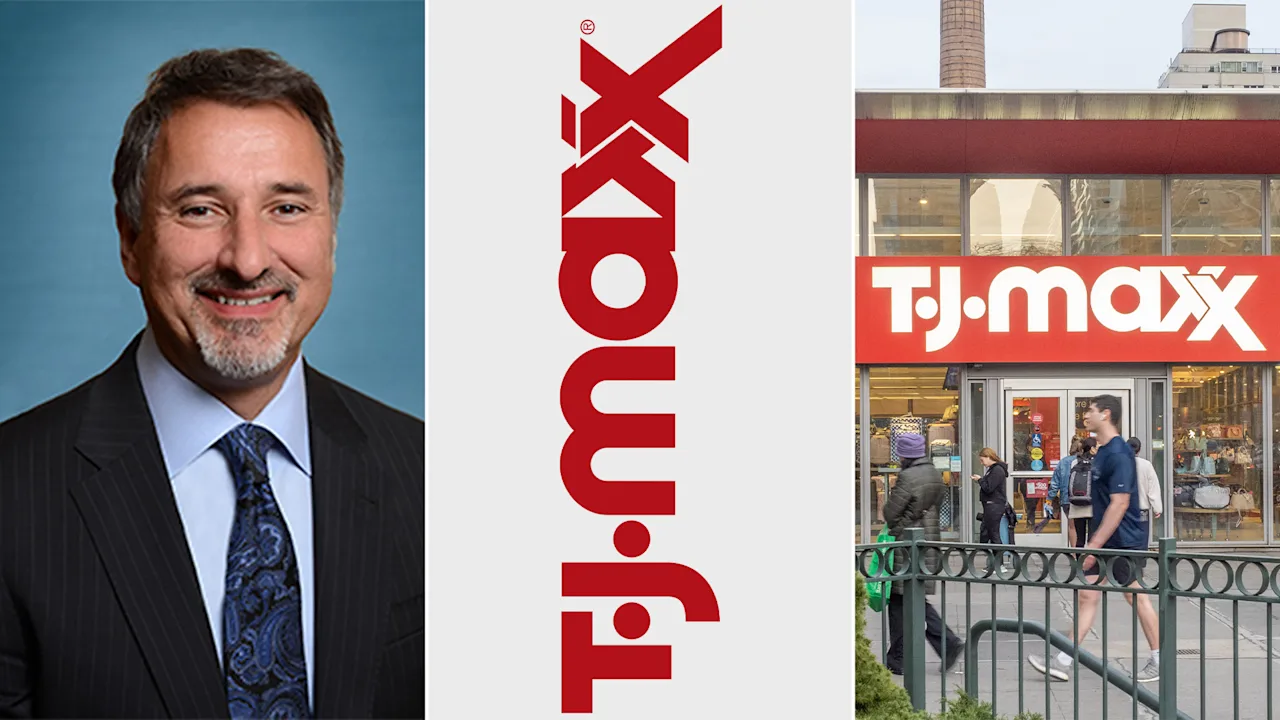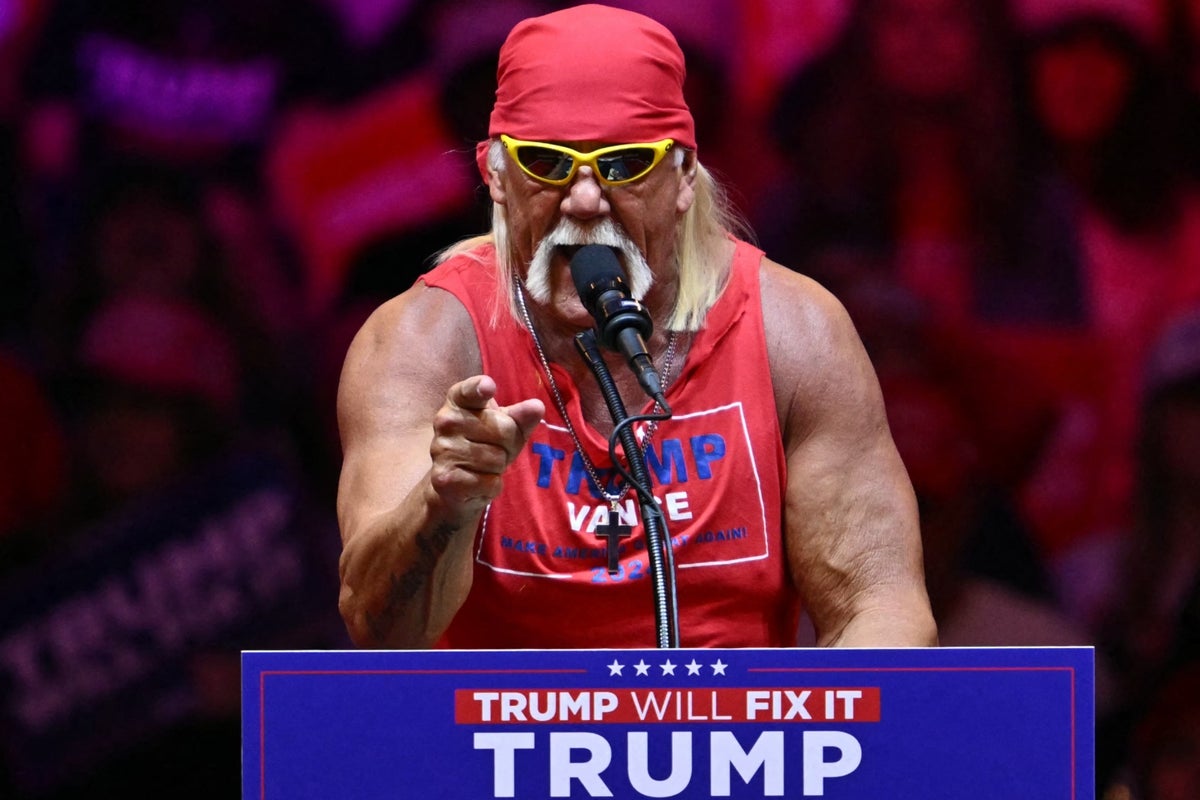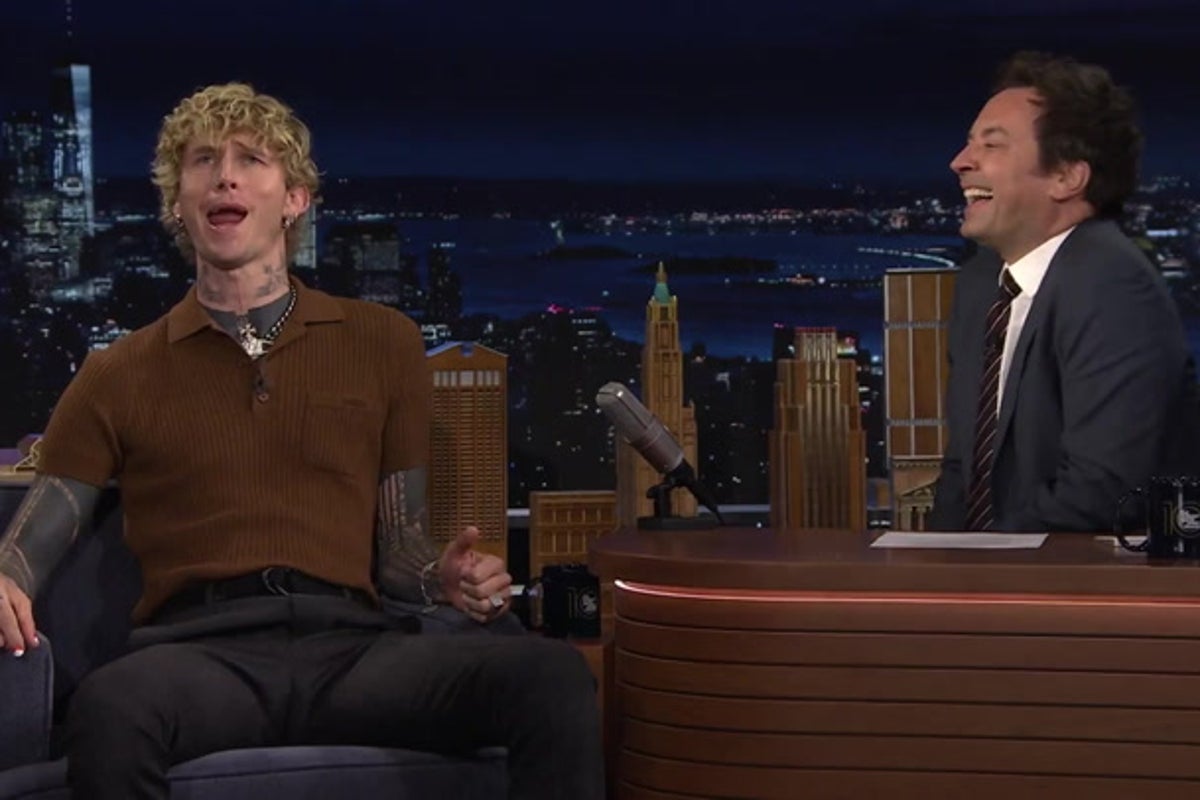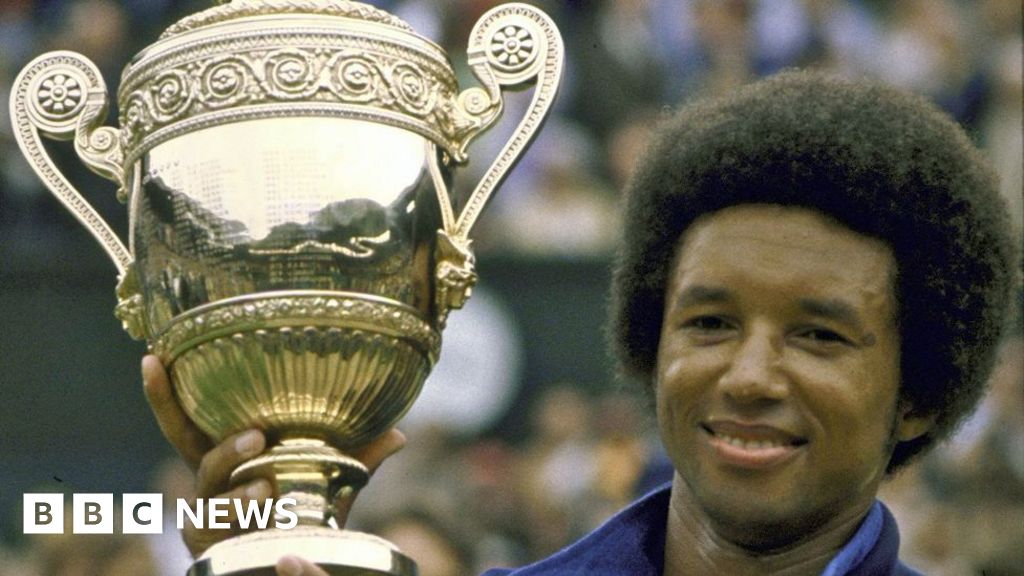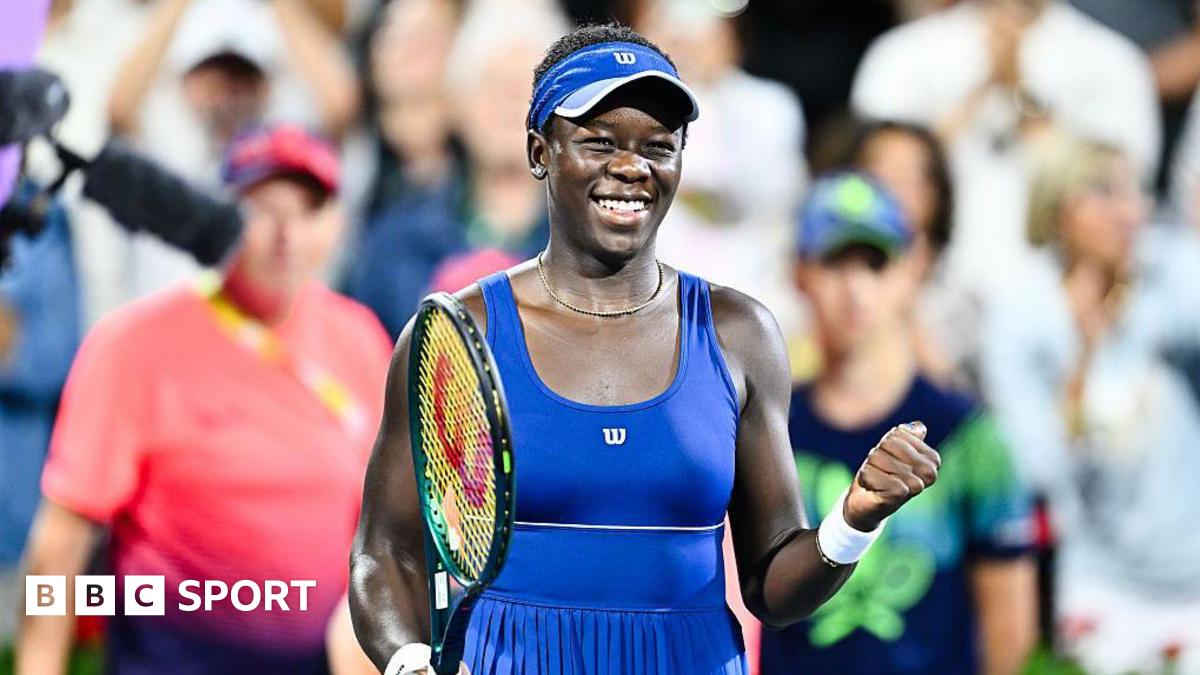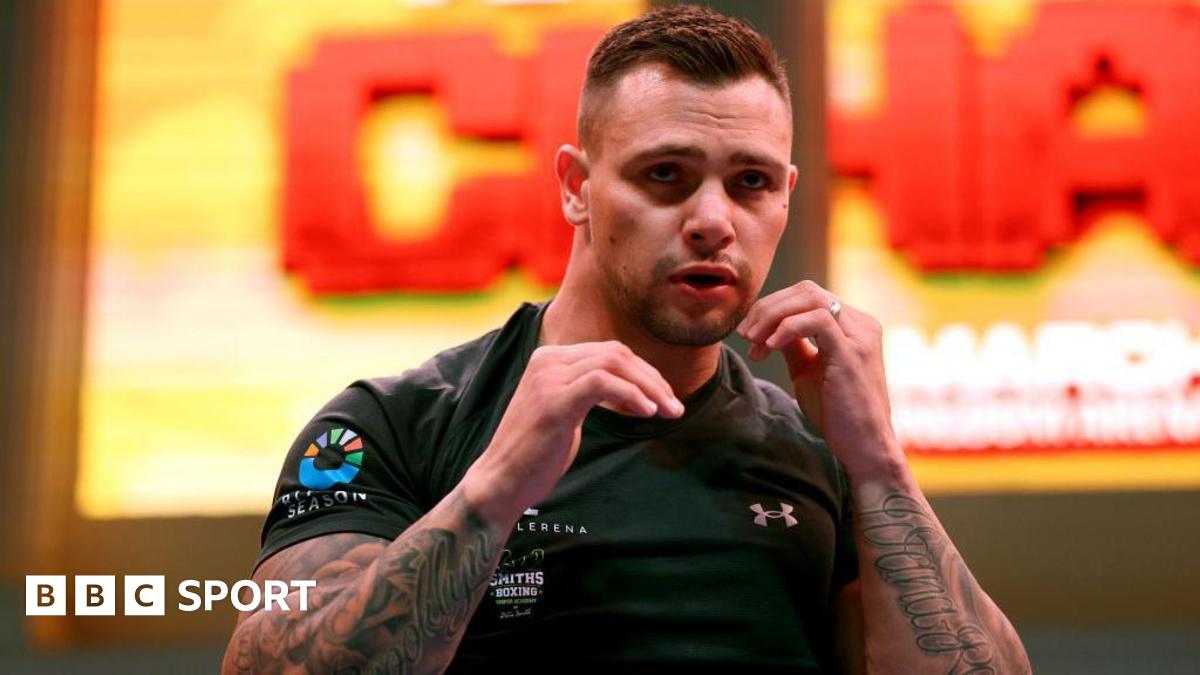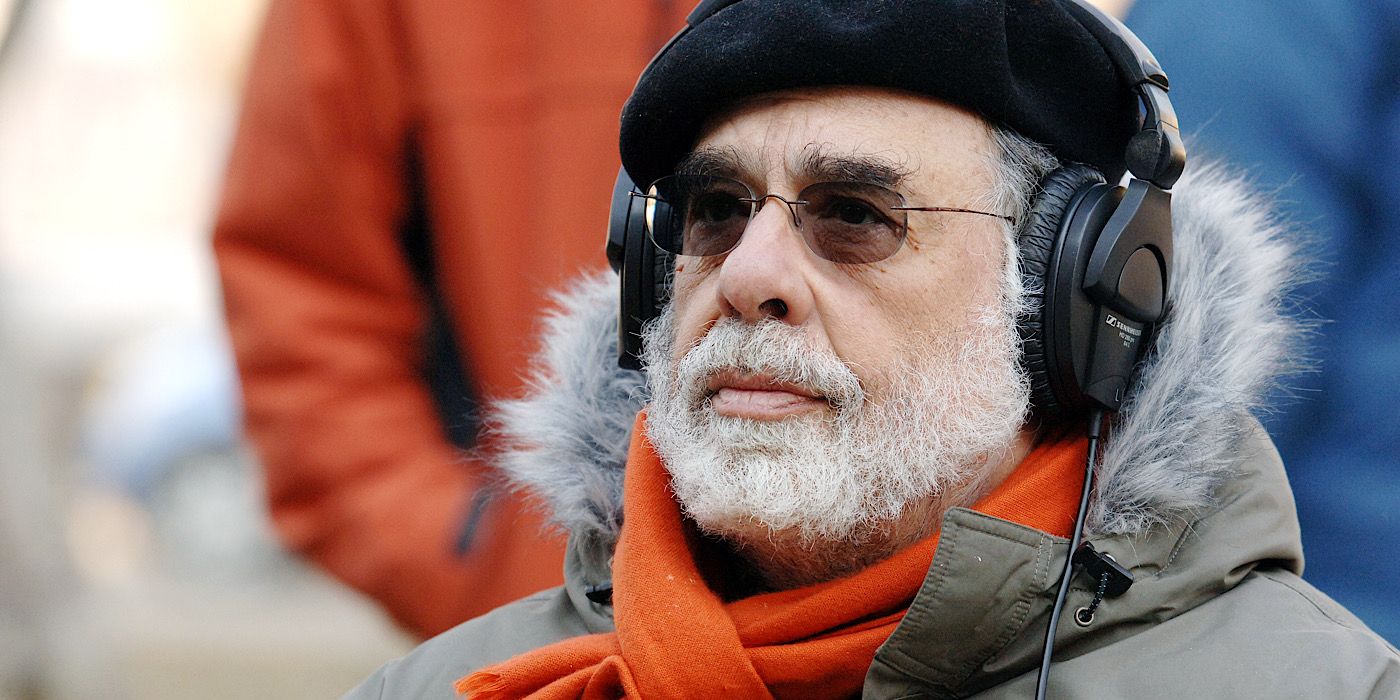7 Inspiring Rebranding Examples That Redefined Success

Rebranding can greatly alter a company’s trajectory, as seen in various successful examples. Dunkin’ shifted its focus from donuts to coffee, as Burberry embraced modern luxury with influential figures like Emma Watson. Airbnb’s “Belong Anywhere” campaign emphasized community, and Old Spice used humor to revitalize its image. These strategic moves demonstrate how companies can redefine their identities and connect with consumers. Each case offers valuable insights into effective rebranding strategies worth exploring further.
Key Takeaways

- Dunkin’ dropped “Donuts” to focus on beverages, investing in modern stores and mobile ordering, leading to a significant increase in coffee sales.
- Burberry transformed into a contemporary luxury brand by modernizing its logo and engaging younger consumers through digital innovation.
- Airbnb’s “Belong Anywhere” campaign enhanced its identity and community focus, contributing to millions of listings and a $31 billion valuation.
- Old Spice revitalized its brand with humorous advertising and updated design, resulting in a 107% increase in body wash sales.
- Starbucks evolved from a coffee seller to a lifestyle brand by enhancing customer experience and fostering strong emotional connections with consumers.
Dunkin’s Rebrand Drops The Donuts
When Dunkin’ Donuts dropped “Donuts” from its name in 2019, it marked a significant shift in the brand’s identity aimed at aligning with evolving consumer preferences.
This move is one of the notable rebranding examples in recent years, as Dunkin’ sought to emphasize its focus on coffee and beverages. The company invested $100 million into modern store designs and improved mobile ordering, making it a more versatile destination for food and drinks.
Following the rebrand, Dunkin’ saw coffee sales soar from 1.6 billion cups in 2019 to 4.4 billion cups in 2021.
This successful rebranding effort positioned Dunkin’ alongside other companies that have rebranded effectively, showcasing how brands can adapt to meet changing consumer demands.
Burberry’s Rebranding Magic
Burberry‘s rebranding in 2009 marked a significant turnaround for the brand, moving it away from negative associations and repositioning it as a contemporary luxury icon. This transformation is often cited among the best rebrands of all time.
Key elements of Burberry’s strategy included:
- Enlisting Emma Watson as the face of the brand to attract younger consumers.
- Modernizing its logo from a traditional horse emblem to a sleek typeface.
- Emphasizing digital innovation and social media engagement to boost online presence.
- Revitalizing its marketing campaigns around British chic style.
With revenues soaring from £225 million in 2000 to over £2 billion, Burberry exemplifies effective rebranding meaning in successfully capturing a modern clientele.
Airbnb’s Rebranding: Belong Anywhere

Airbnb‘s rebranding effort, centered around the theme “Belong Anywhere,” emphasized community and belonging in a way that resonated with users.
The introduction of the Bélo logo and a refreshed color palette improved its visual identity, making the brand more relatable and inviting.
This strategic transformation contributed not just to a surge in listings but likewise greatly boosted the company’s market valuation before its IPO.
Community and Belonging Focus
Rebranding can greatly shift a company’s identity, and in the case of Airbnb, the focus on community and belonging was central to its transformation. This strategic pivot helped redefine its role in the travel industry, leading to significant growth.
Key aspects include:
- The introduction of the “Bélo” logo, symbolizing community and connection.
- A shift in the direction of inclusivity and diversity within its offerings, showcasing global hospitality.
- Improved user experience through storytelling on its platform, emphasizing local attractions.
- Successful repositioning from a home-sharing service to a global hospitality brand, resulting in over 7 million listings by 2019.
These elements allowed Airbnb to resonate with users, improving its brand identity and contributing to a valuation of $31 billion before its IPO in 2020.
Visual Identity Transformation
A significant aspect of Airbnb’s evolution involved reimagining its visual identity, which played a crucial role in enhancing its brand presence.
The introduction of the “Bélo” logo symbolized people, place, love, and Airbnb, emphasizing community and belonging. This visual identity transformation featured a light red color palette paired with bold purple and teal shades, reflecting passion and emotional connection.
Furthermore, a custom version of the ‘Circular’ font unified the brand’s image across various platforms. Following the rebranding, Airbnb’s listings surged to over 7 million by 2019, demonstrating the new identity’s effectiveness in attracting users.
In the end, this transformation contributed to Airbnb’s valuation of $31 billion before its IPO in 2020, highlighting its significant financial impact.
Old Spice’s Bold Rebranding
Old Spice‘s transformation in the late 2000s is a prime example of how a brand can successfully reinvent itself to stay relevant in a changing market.
The rebranding included several key elements:
- A humorous and engaging advertising campaign that shifted its image from outdated to trendy.
- An updated logo and packaging design that respected its heritage while appealing to younger consumers.
- Memorable characters and narratives that increased brand visibility considerably.
- A remarkable 107% increase in body wash sales, solidifying its position as the number-one men’s body wash brand in the U.S.
Old Spice’s bold rebranding illustrates the effectiveness of strategic marketing and packaging redesign in revitalizing a brand’s image and connecting with new audiences.
This proves that innovation can lead to remarkable success.
Coca-Cola’s Rebranding: Always Refreshing
Throughout its history, Coca-Cola has demonstrated a remarkable ability to adapt its branding strategy to meet the evolving preferences of consumers. The controversial launch of New Coke in 1985 aimed to reformulate the classic beverage but faced backlash from loyal fans. Responding swiftly, Coca-Cola reintroduced the original formula as Coca-Cola Classic, reinforcing its commitment to brand heritage.
The company emphasizes nostalgia in its marketing, which has been essential for maintaining customer loyalty. Furthermore, Coca-Cola frequently updates its branding, focusing on sustainability and health to appeal to modern consumers.
Recent innovations include new packaging designs and digital engagement initiatives, enhancing its relevance as it preserves its iconic identity in a competitive environment.
Lego’s Brand Revival
Lego‘s brand revival showcases a strategic focus on creative innovation, franchise collaborations, and community engagement.
By partnering with popular franchises like Star Wars and Harry Potter, Lego markedly improved its appeal to new generations of consumers.
Moreover, initiatives like the Lego Ideas platform have encouraged a strong sense of community, allowing fans to contribute designs and solidifying Lego’s status as a leader in creative play.
Creative Innovation Focus
As the toy industry faced significant changes, one brand managed to turn its fortunes around by emphasizing creative innovation: Lego.
The company revitalized its image, focusing on key areas that attracted new generations of consumers:
- Community Engagement: Lego launched initiatives and events that nurtured connections among fans of all ages.
- Sustainability Efforts: The brand integrated eco-friendly materials into its product lines and packaging, appealing to environmentally conscious consumers.
- Creative Play Leadership: Lego reinforced its identity as a leader in imaginative play, encouraging creativity among children and adults alike.
- Financial Recovery: From 2005 to 2020, Lego’s revenue surged from $1.6 billion to over $5 billion, showcasing the success of its innovative strategies.
This strategic focus on creativity and sustainability solidified Lego’s place in the competitive toy market.
Franchise Collaborations Boost Appeal
Even though many brands struggle to adapt to changing consumer preferences, partnerships with popular franchises have proven instrumental in revitalizing Lego’s appeal.
Collaborations with franchises like Star Wars and Harry Potter greatly boosted sales, attracting new generations of fans. For instance, the Star Wars partnership led to the launch of 12 different sets, contributing to a remarkable 25% increase in Lego’s overall revenue in 2019.
This collaboration strategy emphasized creativity and storytelling, allowing fans to engage with their favorite franchises through interactive building sets. By aligning with contemporary pop culture, Lego not merely revitalized its product offerings but additionally expanded its appeal to both children and adult collectors, reinforcing its position as a leader in creative play.
Community Engagement Initiatives
To revitalize its brand, Lego has implemented a variety of community engagement initiatives that promote collaboration and creativity among its fan base. These initiatives cultivate a sense of ownership and strengthen ties with enthusiasts.
Here are some key efforts:
- Lego Ideas Platform: Fans can submit and vote on new set concepts, enhancing involvement.
- Fan Events and Workshops: These gatherings encourage creativity and connection among Lego lovers.
- Lego Foundation: This organization focuses on inspiring creative play in children, enhancing community involvement.
- Sustainability Initiatives: Lego’s commitment to using sustainable materials by 2030 aligns with community values, appealing to environmentally conscious consumers.
These strategies have effectively positioned Lego as a leader in both creativity and community engagement.
Starbucks’ Rebrand: A Focus on Experience
Starbucks redefined its brand by shifting the focus from merely selling coffee to enhancing the overall customer experience, recognizing that a strong connection with consumers goes beyond the product itself.
The company expanded into a lifestyle brand, emphasizing community engagement and comfort in its store designs. New layouts encourage customer interactions, making each visit more inviting.
Starbucks additionally introduced loyalty programs, greatly boosting customer retention and sales. They maintained consistent visual branding elements across locations, reinforcing recognition and loyalty among customers.
The evolution of their logo to a simplified siren image reflects a modern aesthetic, appealing to a broader audience.
These strategic changes collectively transformed Starbucks into a destination, not just for coffee, but for the experience it offers.
Conclusion
In conclusion, successful rebranding can greatly reshape a company’s identity and market position. Dunkin’s shift to coffee, Burberry’s modern luxury appeal, and Airbnb’s community focus illustrate how targeted strategies can improve consumer connection. Similarly, Old Spice’s humorous approach, Coca-Cola’s nostalgic branding, Lego’s community engagement, and Starbucks’ emphasis on experience demonstrate the diverse methods companies can employ. These examples show that thoughtful rebranding not merely revitalizes a brand but additionally drives growth and consumer loyalty in a competitive marketplace.
Image Via Envato
This article, "7 Inspiring Rebranding Examples That Redefined Success" was first published on Small Business Trends
What's Your Reaction?
 Like
0
Like
0
 Dislike
0
Dislike
0
 Love
0
Love
0
 Funny
0
Funny
0
 Angry
0
Angry
0
 Sad
0
Sad
0
 Wow
0
Wow
0





